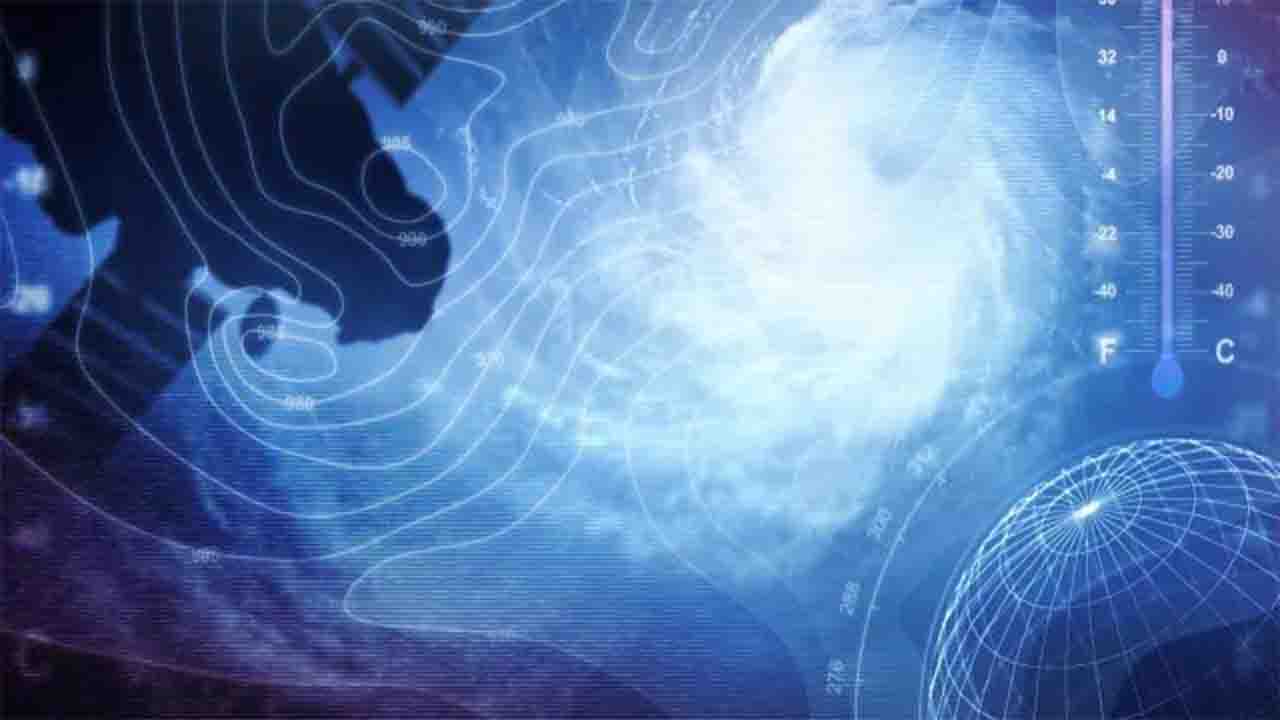Africa (Commonwealth Union) _ El Niño, a global weather phenomenon characterized by warmer waters in the Pacific Ocean, has returned and is raising concerns about its potential impacts on extreme weather events and global warming. The UN’s World Meteorological Organization (WMO) has warned that El Niño could pose threats to lives and the environment.
After three years of the cooling La Niña pattern, the WMO has confirmed that El Niño is now active and is expected to continue until the end of the year, with a 90% probability of moderate to strong intensity. This phenomenon has the potential to break temperature records and exacerbate the ongoing trend of global warming.
El Niño is typically associated with record-breaking global temperatures. Carlo Buontempo, director of the EU’s Copernicus Climate Change Service, suggests that it is likely to contribute to rising temperatures in 2023 or 2024. The impacts of El Niño encompass a range of extreme weather events, from heatwaves to more intense storms.
The WMO has urged governments to take proactive measures to prevent loss of life, emphasizing the importance of early warnings and preparedness for extreme weather events associated with El Niño.
The phenomenon affects sea temperatures, which can threaten marine life, such as coral reefs and fish populations. Rising sea temperatures are already affecting the Galapagos Islands’ animal population. Marine ecosystems, including coral reefs, can be negatively impacted, leading to bleaching and increased risks of starvation for marine organisms.
El Niño also has a significant influence on weather patterns worldwide. It can lead to dryer and warmer conditions in some regions, such as the northern US, and increased rainfall and flooding in others, like the US Gulf Coast and Southeast. In Europe, it can result in varied effects, including colder, drier winters in the north and wetter winters in the south.
Additionally, El Niño affects sea life by disrupting normal processes like upwelling, which brings nutrient-rich water to the ocean’s surface. This disruption can lead to less food for certain fish species, affecting marine ecosystems along the Pacific Coast.
As El Niño’s impacts are felt across the globe, countries close to the Pacific, such as those along the west coast of the Americas, Japan, Australia, and New Zealand, will likely experience the effects first. Indonesia and Australia could face hotter and drier weather with an increased risk of wildfires. Changes in monsoons and rainfall patterns may occur in regions like India, South Africa, and East Africa.








